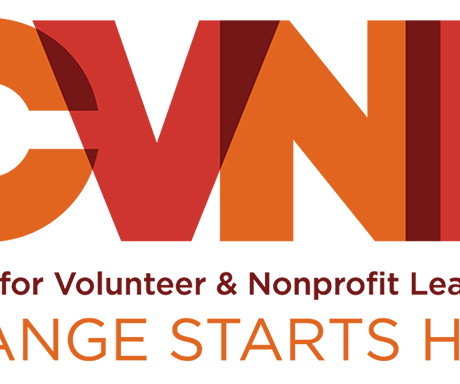Navigating Climate Justice: Empowering BIPOC Youth with Geographic Information Systems and Remote Sensing
NonProfit Quarterly
NOVEMBER 15, 2024
1 These populations often face heightened exposure to environmental hazards such as rising sea levels, extreme weather events, and air pollution. 9 Integrating these technologies into K–12 education would enhance students’ understanding of climate change and prepare them to address environmental challenges effectively.
























Let's personalize your content